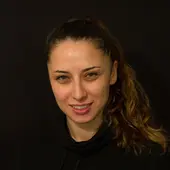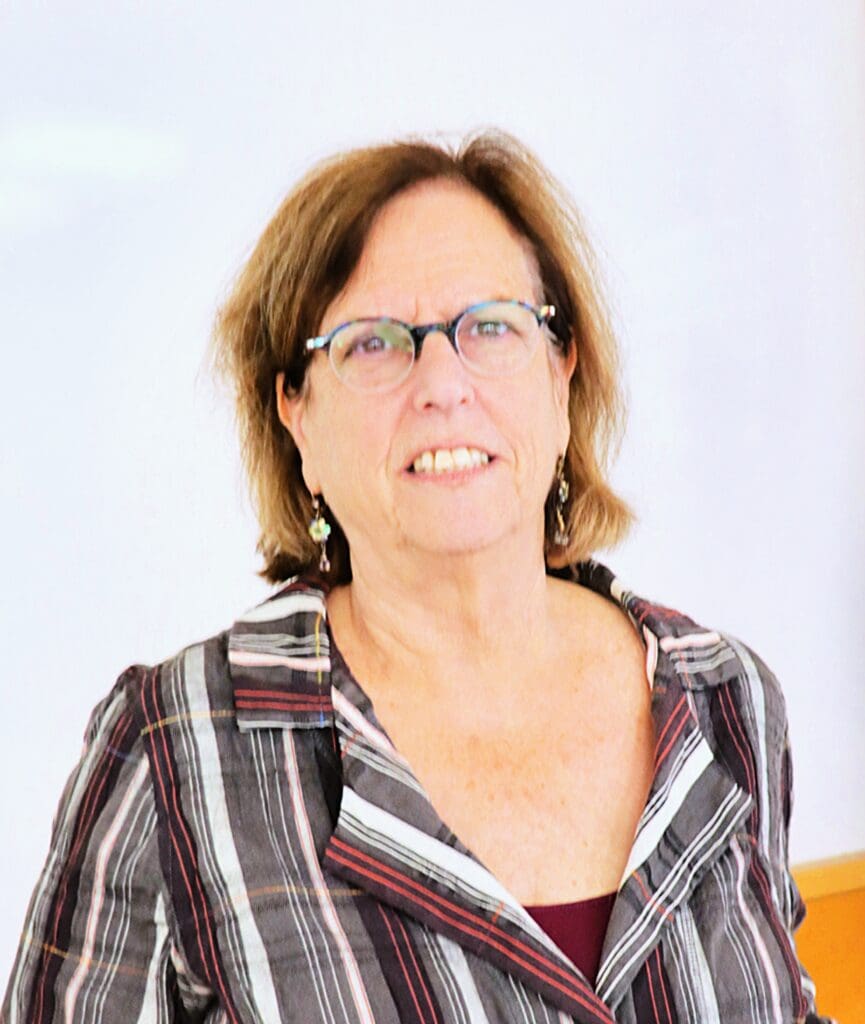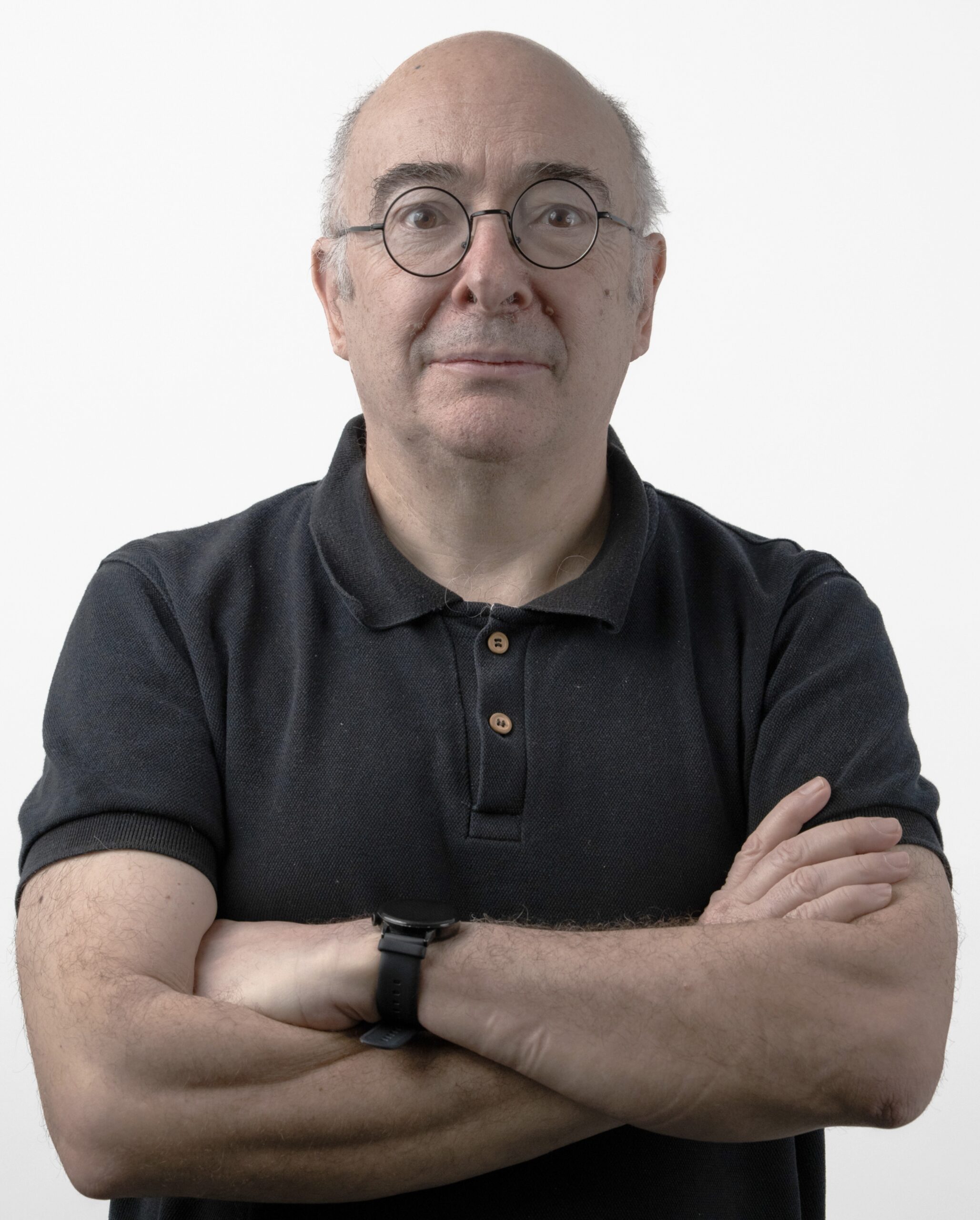1. Quantifying causal relationships: Dynamic strengths, attributions, and confounders
Petar M. Djurić, Stony Brook University
Abstract: Understanding causation lies at the heart of scientific discovery. Plato initially articulated the principle of causality, stating that “everything that becomes or changes must do so owing to some cause; for nothing can come to be without a cause.” The concept of causality is intricate and has evolved significantly over time. Philosophers have proposed various theories to understand causality, and debates on the topic continue to this day.
In modern science and data-driven disciplines, understanding causation is crucial for uncovering mechanisms, making accurate predictions, and guiding decision-making. The ability to quantify causal relationships is especially important in fields such as healthcare, economics, and climate science, where identifying the influence of one factor on another can lead to actionable insights and improved outcomes. Motivated by these challenges, this presentation will focus on causality from the perspective of data science. We will discuss a methodology for processing causal variables and quantifying their causal strength on effect variables. These relationships will reflect the causal influence of one or more variables on the effect variable of interest. This presentation will address three main topics: (1) learning causal strengths in static and dynamic settings, (2) attributing causal strengths, and (3) learning causal strengths in the presence of latent confounders.

Biography: Petar M. Djurić obtained his B.S. and M.S. degrees in Electrical Engineering from the University of Belgrade and his Ph.D. degree in Electrical Engineering from the University of Rhode Island. Following the completion of his Ph.D., he joined Stony Brook University, where he currently holds the position of SUNY Distinguished Professor and serves as the Savitri Devi Bangaru Professor in Artificial Intelligence. Djurić also held the role of Chair of the Department of Electrical and Computer Engineering from 2016 to 2023. His research has predominantly focused on machine learning and signal and information processing. In 2012, Djurić received the EURASIP Technical Achievement Award whereas in 2008, he was appointed Chair of Excellence of Universidad Carlos III de Madrid-Banco de Santander. He has actively participated in various committees of the IEEE Signal Processing Society and served on committees for numerous professional conferences and workshops. He was the founding Editor-in-Chief of the IEEE Transactions on Signal and Information Processing Over Networks. In 2022, he was elected as a foreign member of the Serbian Academy of Engineering Sciences. Furthermore, Djurić holds the distinction of being a Fellow of IEEE, EURASIP, AAIA (Asia-Pacific Artificial Intelligence Association), and AIIA (the Industry Academy of the International Artificial Intelligence Industry Alliance).
2. Coupled Matrix/Tensor Factorizations – as a tool to develop knowledge-guided data-driven methods for extracting insights from complex data
Evrim Acar, Simula Metropolitan Center for Digital Engineering
Abstract: Data sets from diverse sources are collected in many applications to gain insights about complex systems such as the human brain and human metabolome, or to detect early risk factors for various diseases. For instance, joint analysis of omics data (e.g., metabolomics, microbiome, genomics) holds the promise to improve our understanding of the human metabolism and facilitate precision health. Such multimodal data sets are often noisy, incomplete, and multiway (i.e., with more than two axes of variation such as subjects, metabolites, and time). Some data sets change in time (e.g., longitudinal measurements) while some are static.
How can we jointly analyze such heterogeneous data in the form of matrices/higher-order tensors and reveal interpretable patterns? How can we effectively incorporate prior information, e.g., the fundamental principles encapsulated in mechanistic models, in real data analysis to reveal insights from such complex data sets?
Tensor factorizations have been successfully used to reveal the underlying patterns in higher-order tensors, and extended to joint analysis of multimodal data through coupled matrix/tensor factorizations (CMTF). Coupled matrix/tensor factorizations provide an explainable framework revealing interpretable patterns. Recent developments in coupled factorizations have enabled incorporation of constraints, different loss functions to account for different data types, and different coupling relations to handle data sets with different resolutions or partial couplings. In this talk, we discuss CMTF models and algorithms for temporal and multimodal data mining as well as using CMTF models to guide real data analysis with mechanistic models. Through various applications, we discuss the advantages and limitations of available methods.

Biography: Evrim Acar received the MS and PhD degrees in Computer Science from Rensselaer Polytechnic Institute (Troy, NY), and her BS degree in Computer Engineering from Bogazici University (Istanbul, Turkey). She is a Chief Research Scientist at Simula Metropolitan Center for Digital Engineering (Oslo, Norway). Her research focuses on data mining methods, in particular, tensor factorizations, multimodal data mining using coupled factorizations as well as their applications in diverse disciplines. Prior to joining Simula, Evrim was a faculty member at the University of Copenhagen (Denmark), and a postdoctoral researcher at Sandia National Labs (Livermore, CA). She is a recipient of the Sapere Aude Young Elite Researcher Award by the Danish Council for Independent Research. She is currently serving on the editorial board of SIAM Journal on Matrix Analysis and Applications (SIMAX). She has also served as an Associate Editor of the IEEE Transactions on Signal Processing and held various positions in signal processing, data mining and numerical linear algebra communities.
3. Information extraction from wireless communication networks for environmental sensing
Hagit Messer, Tel Aviv University
Abstract: Wireless communication networks, such as cellular, Wi-Fi, and satellite links, are increasingly being leveraged for environmental sensing, often referred to as Opportunistic Integrated Sensing and Communication (OISAC). These networks can passively extract environmental data by analyzing signal distortions caused by atmospheric and environmental conditions. This opportunistic sensing approach diminishes the need for dedicated sensors, making it cost-effective and scalable.
The leading and most mature method is the Signal Attenuation-Based Sensing of weather. Wireless signals weaken when passing through rain, fog, or humidity. By analysing this attenuation, weather parameters like rainfall intensity and air moisture content can be estimated. In this talk I will focus on extracting information from Commercial Microwave Links (CMLs) used in cellular backhaul networks, as well as from satellite links and from wireless infrastructure of smart cities, demonstrating its use to accurately estimate rainfall by measuring signal loss.
I will then elaborate on the practical and scientific challenges and discuss the potential of using other information beyond signal level, such as latency and phase difference, to further improve OISAC performance.

Biography: Hagit Messer received the Ph.D. in Electrical Engineering from Tel Aviv University (TAU), ISRAEL, and after a post-doctoral fellowship at Yale University, she joined the faculty of Engineering at Tel Aviv University in 1986, where she is currently Professor Emerita in the school of Electrical Engineering. Over the years she has held leading positions, including the Chief Scientist at the Ministry of Science, the Vice President for Research at TAU, the President of the Open University, and the Vice Chair of the Council of Higher Education, Israel. She was also co-founder of a startup company ClimaCell (2016).
Prof. Messer, Life Fellow of the IEEE, is the recipient of the 2024 IEEE Medal for Environmental and Safety Technologies “For contributions to sensing of the environment using wireless communication networks.” She has published numerous journal and conference papers, and has supervised tens of graduate students. She has been an active volunteer of the IEEE both within the Signal Processing Society various technical activities and in BOG’s committees.
Beyond her technical accomplishments, Hagit Messer is deeply involved in higher education and science policy, with a particular interest in promoting women in science and technology, in technology transfer, and addressing ethical considerations in these fields.
4. Finding MH370
Simon Maskell, University of Liverpool
Abstract: MH370 went missing on 8 March 2014 with 239 people onboard, travelling for several hours after its ADS-B transponder stopped transmitting the aircraft’s position. Data from an Inmarsat satellite have been used by multiple teams to attempt to localise the aircraft’s position when it ran out of fuel. A novel methodology for processing data from amateur radio enthusiasts has also been claimed to provide pertinent information related to the trajectory taken by the aircraft. Simulations from Boeing have modelled the descent, with the Inmarsat data also providing information about the rate of descent. Data from the Comprehensive Nuclear-Test-Ban Treaty Organization’s sensors have been collected and, usefully, do not appear to include any acoustic signatures from the impact. Debris, perceived to be from MH370, has been found and oceanographic drift models have been used to infer where the debris has come from. The modulation of barnacle-growth by sea temperature has been postulated as providing information about the paths taken by the debris and so the location where the debris came from. Despite all this and a search that has covered over 200,000 km2 of the Indian Ocean’s sea-bed, MH370 remains to be found. None-the-less, following the 10 year anniversary in 2024, discussions with the Malaysian government have culminated in Ocean Infinity starting a new search. This talk will explain the signal processing involved in extracting pertinent information from these different data, discuss the role of interdisciplinary research in this endeavour and highlight the challenges in calculating the search area.

Biography. Simon Maskell received the M.A., M.Eng., and Ph.D. degrees in engineering from the University of Cambridge, Cambridge, U.K., in 1998, 1999, and 2003, respectively. In 2013, he was the Technical Manager of Command, Control and Information Systems with QinetiQ, U.K. Since 2013, he has been a Professor in autonomous systems with the University of Liverpool, Liverpool, U.K. His research interests include Bayesian inference applied to signal processing, multitarget tracking, data fusion, and decision support, with a particular emphasis on the application of sequential Monte Carlo methods in challenging data science contexts.
5. Reward-Driven Generation in Diffusion Models: A Unified Perspective on Inference-Time Alignment
Eric Moulines, Ecole Polytechnique de Paris
Abstract: Diffusion models have significantly advanced generative modeling, particularly for tasks requiring structured, high-quality sample generation in fields like computer vision and computational biology. Yet, numerous practical applications necessitate generating samples that not only reflect natural data distributions but also optimize specific, reward-driven criteria—such as binding affinity in protein design or aesthetic quality in image synthesis—without substantial retraining. This paper offers a comprehensive tutorial and review of inference-time guidance techniques enabling reward optimization directly during sample generation. We unify diverse existing methods, including classifier guidance, Sequential Monte Carlo (SMC)-based strategies, and value-driven importance sampling, under a single coherent framework interpreting inference-time guidance as a soft-constrained optimal denoising process. We also introduce novel algorithmic extensions incorporating search-based optimization and explicitly explore their relationships with reinforcement learning paradigms. Additionally, we analyze crucial trade-offs between computational complexity and performance across various practical scenarios. Finally, we illustrate the versatility of these methods through applications to image enhancement and blind source separation, demonstrating their broad applicability and effectiveness.

Biography: Éric Moulines, an alumnus of École Polytechnique (1984) and holder of a PhD in Electrical Engineering from École Nationale Supérieure des Télécommunications (1990), currently serves as Professor of Statistics at the Centre for Applied Mathematics (CMAP) at École Polytechnique. He also holds an affiliated professorship at Mohamed Bin Zayed University of Artificial Intelligence (MBZUAI), with joint appointments in the Machine Learning and the Data Sciences and Statistics departments. Previously, he was a professor at Télécom ParisTech, specializing in signal and image processing.
Professor Moulines’ expertise encompasses computational statistics, Monte Carlo simulations, stochastic optimization, probabilistic machine learning, and time series analysis. He is particularly renowned for his significant contributions to sequential Monte Carlo methods and nonlinear filtering techniques.
His current research interests include generative models applied to inverse problems, stochastic approximation theory within federated and collaborative learning contexts, and uncertainty quantification through Bayesian and conformal prediction approaches. His scholarly work consistently bridges theoretical advances with practical applications, especially in telecommunications and complex systems control.
A prolific researcher, Éric Moulines has authored over 120 journal articles and more than 400 conference papers across signal processing, statistics, and machine learning disciplines. He has also held influential editorial roles, notably serving as Editor-in-Chief of Bernoulli from 2013 to 2016.
Professor Moulines’ exceptional contributions have been recognized internationally. He has been elected Fellow of EURASIP, the Institute of Mathematical Statistics (IMS), and the Asia-Pacific Artificial Intelligence Association (AAIA). His numerous accolades include the CNRS Silver Medal (2010), the Orange Prize from the French Academy of Sciences (2011), and the EURASIP Technical Achievement Award (2020). In 2017, his election to the French Academy of Sciences further cemented his standing as a leading expert in his field.
